How Are Diamonds Made? Natural vs Lab-Created Explained
Two Paths, One Diamond Not all diamonds come from the same place — but they all start the same way. Pure carbon, crystalized under immense pressure and heat. Whether it…
In the US, we celebrate Independence Day on July 4th with many fireworks displays. While ooohing and aahing, we thought about our other favorite sparklers. So let’s go over why our diamonds sparkle like fireworks!
Diamonds are renowned for their mesmerizing sparkle and captivating brilliance, just like fireworks. The way a diamond reflects light is a result of various factors, each playing a crucial role in enhancing its radiance. If you’re in pursuit of a truly dazzling diamond, understanding the key elements that contribute to its sparkle can help you make an informed decision. In this blog, we’ll explore the factors that make a diamond sparkle the most, allowing you to appreciate the beauty and brilliance of these exquisite gems.
Stunning Sparklers shared by Kim N.
Let’s dive into the captivating world of diamond sparkle and explore the secret behind those mesmerizing flashes of light.
In a nutshell, it all boils down to the dance between light and a diamond’s cut. The cut type and quality are crucial in a diamond’s interaction with its luminous surroundings. A diamond’s angles, proportions, and facets hold the key to its dazzling performance when it comes face-to-face with light.
You might be using the word “sparkle” as a general term to describe a diamond’s visual effect under the spotlight. Of course, there is more to it, but that firework-like light play is what we all love, right?
Picture this: When a beam of light enters a diamond, it creates that sought-after brilliance. The light travels through the diamond, bouncing off its inner surfaces, also known as facets. But the real magic happens here: The light has two choices. It can either escape the diamond as brilliant white light, known as brightness, or it can transform into the magnificent hues of the rainbow. Yes, we’re talking about the fiery colors that span the spectrum: red, orange, yellow, green, blue, and violet — a phenomenon aptly named “fire.”
Dispersion is a physical constant. When visible light enters a diamond, it slows and separates into its component colors. The way a diamond is cut will influence the dispersive output, but dispersion is a scientifically repeatable constant.
Fire is the human perception of dispersion, making it a variable aesthetic. Your eyes may or may not see the dispersive output as fire. Whether you perceive dispersion as fire is variable – and not just diamond to diamond – you can see different fires from the same diamond in different environments. You can even see different fires in the same environment at different times, depending on the constriction or dilation of your pupils. Depending on eyesight, acuity, and age, two observers can simultaneously be in the same room with the same diamond and see different dispersions. Diamond fire is a beautiful, wild variable.


The cut of a diamond is perhaps the most critical factor in determining its sparkle. A well-cut diamond reflects light with maximum brilliance and fire. The precision of the cut affects how effectively light enters the diamond, bounces within the stone, and ultimately returns to the viewer’s eye. The diamond’s facets’ angles, proportions, and symmetry interact to create a mesmerizing play of light and sparkle. Cut quality is crucial in creating that inner firework display.
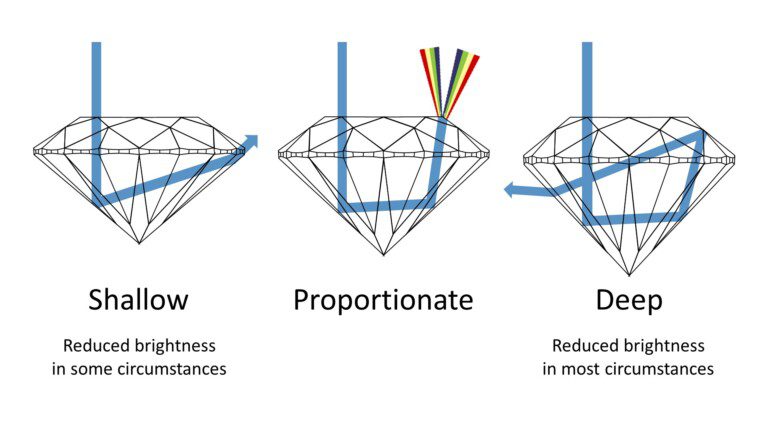
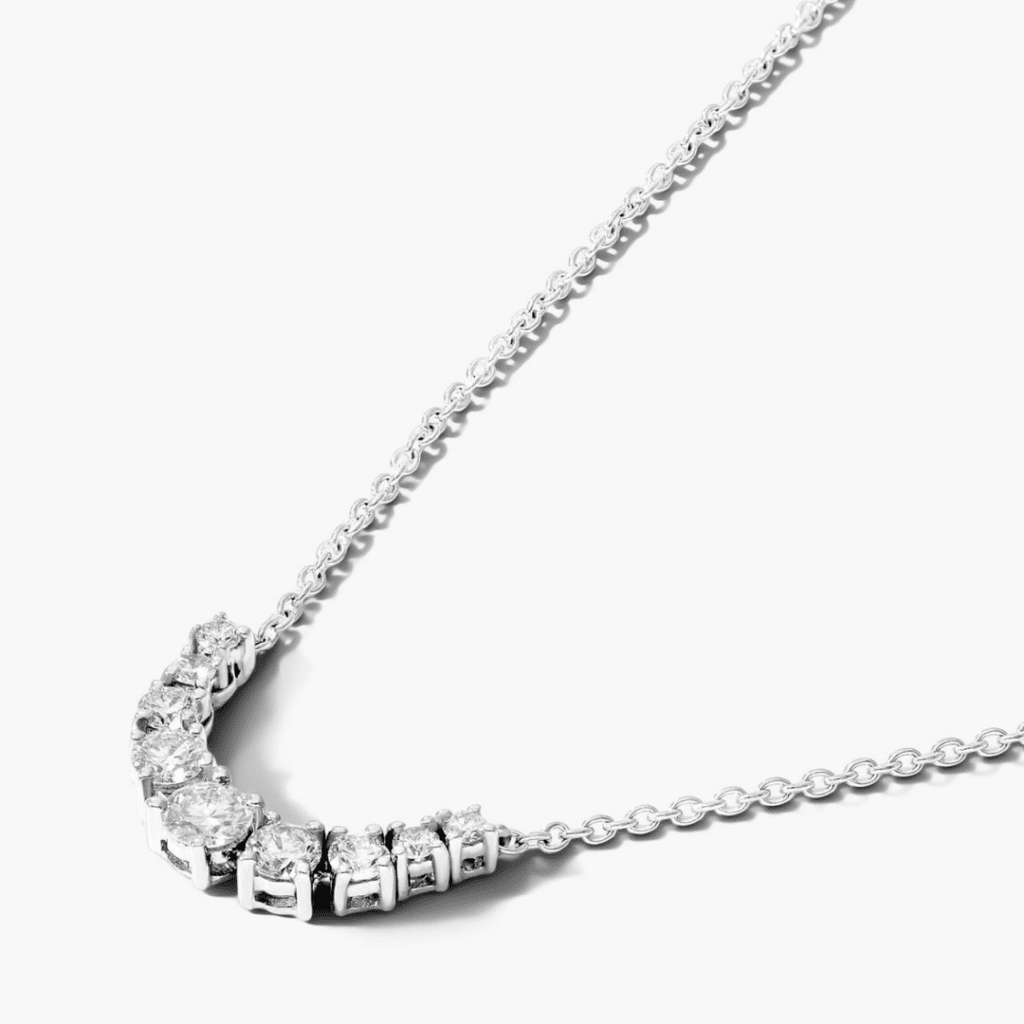
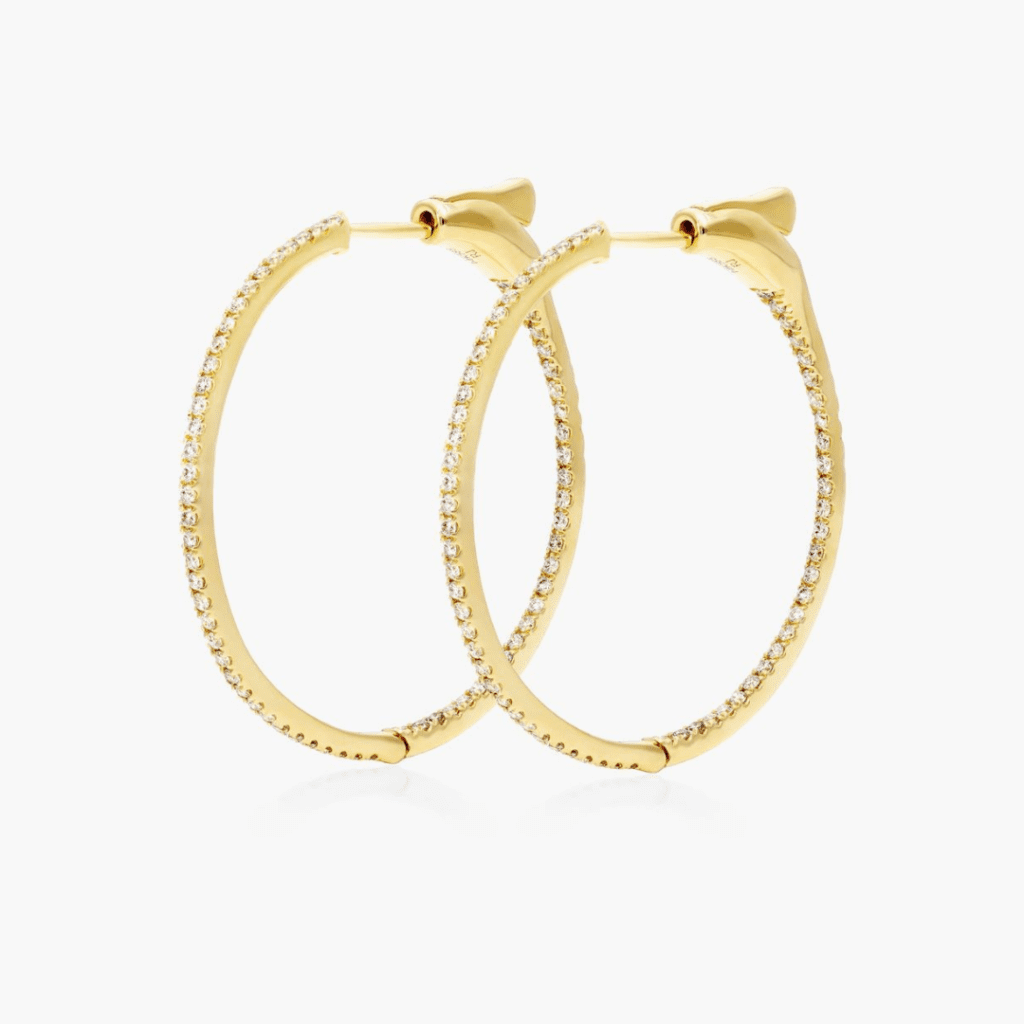
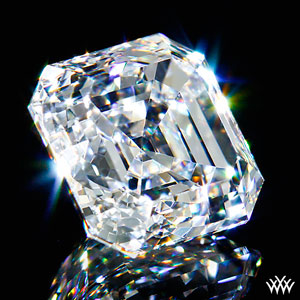
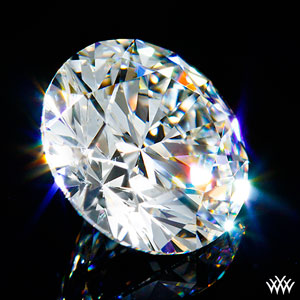
The diamond’s shape also influences its brilliance. Different diamond shapes interact with light uniquely, showcasing varying degrees of sparkle. Round brilliant diamonds are renowned for their exceptional brilliance, as their facets are strategically designed to maximize light return. Popular shapes like princess, cushion, and radiant can also exhibit stunning sparkle when cut with expertise.
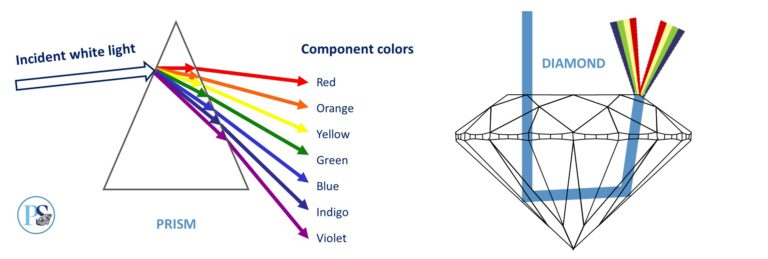
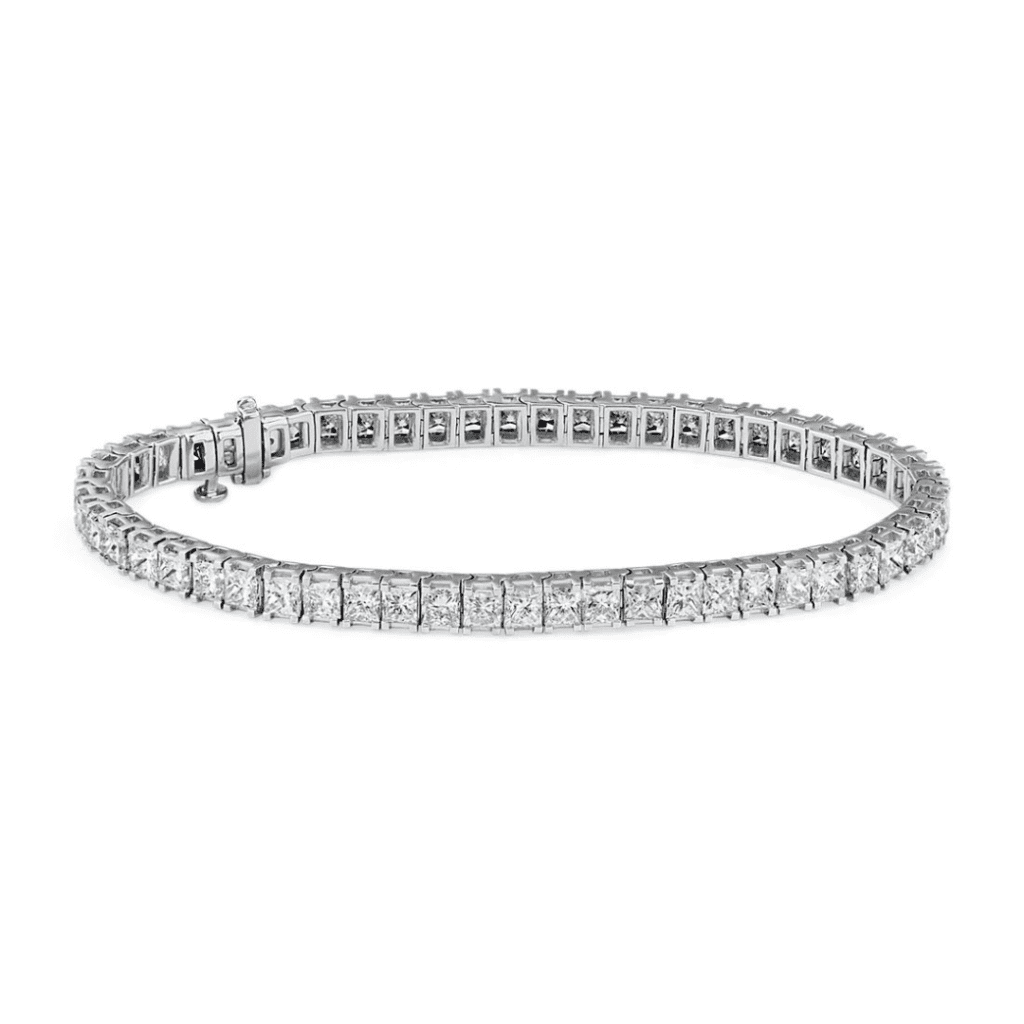
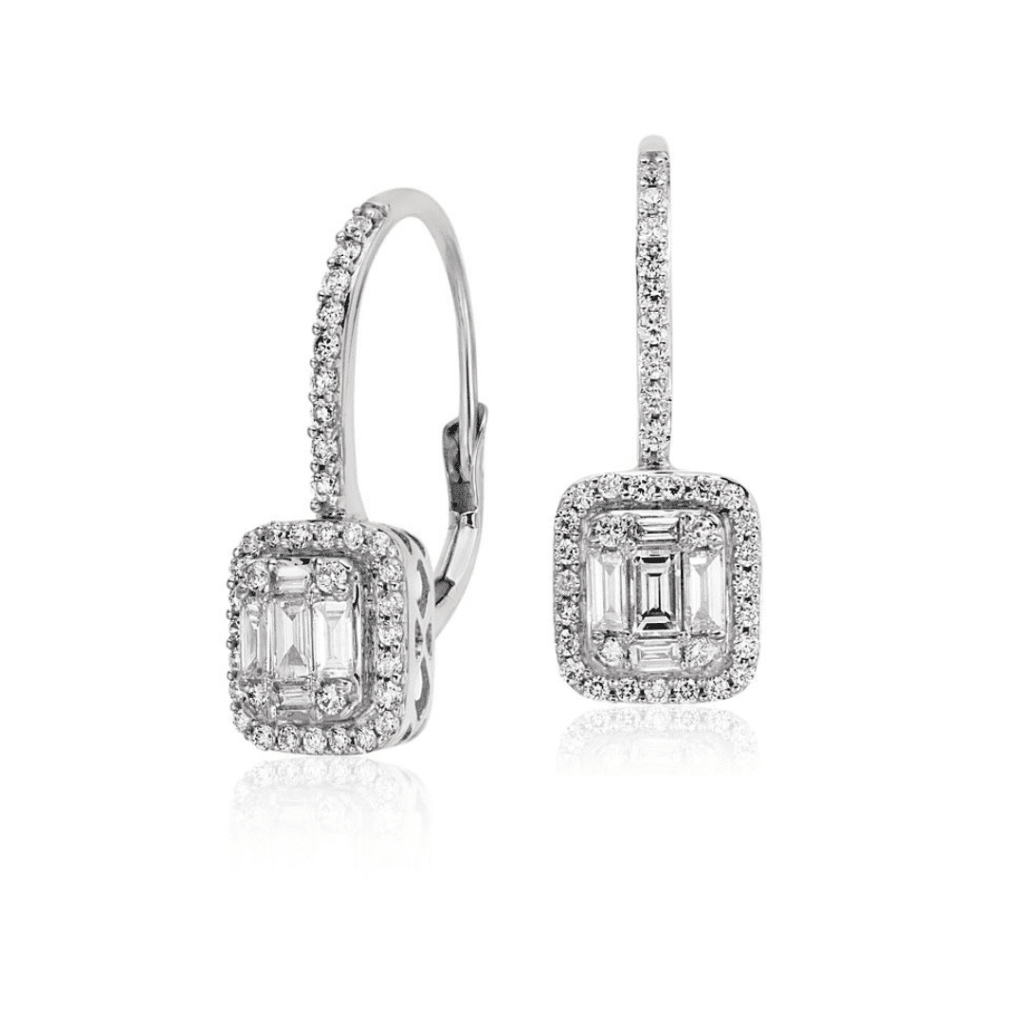
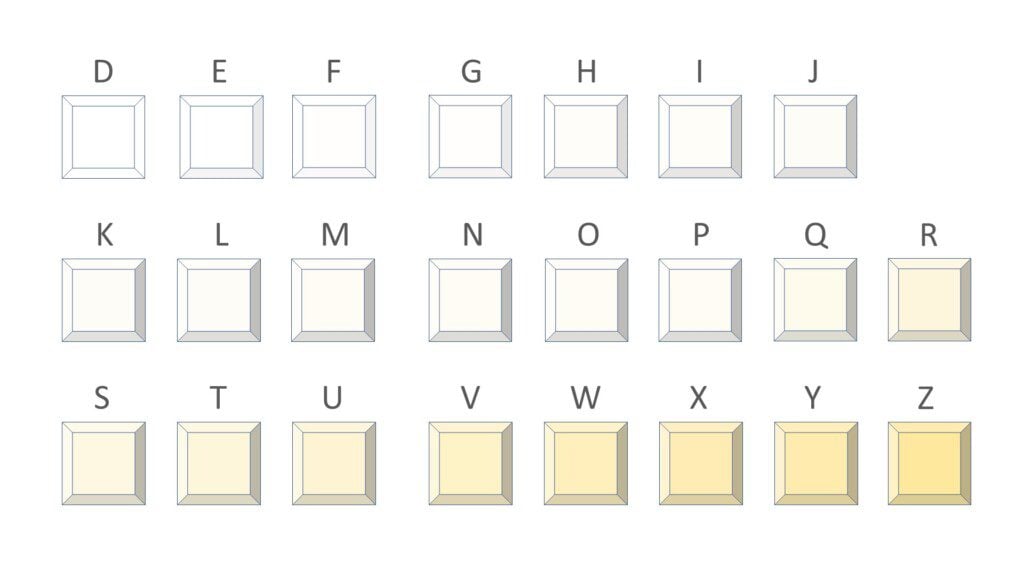
Believe it or not, a diamond’s color can impact its firework-like sparkle. The less color a diamond possesses, the more light it can reflect, increasing sparkle. Colorless diamonds, graded within the D-F range, display the most brilliance. However, it’s worth noting that some fancy-colored diamonds, like pink or blue diamonds, possess a unique beauty that can also captivate with their radiance.
Cut is king. Cut quality and clarity are vital when it comes to diamond performance. Any vetted PriceScope Vendors can ensure you get a gloriously firework sparkling diamond that will make light dance for generations.
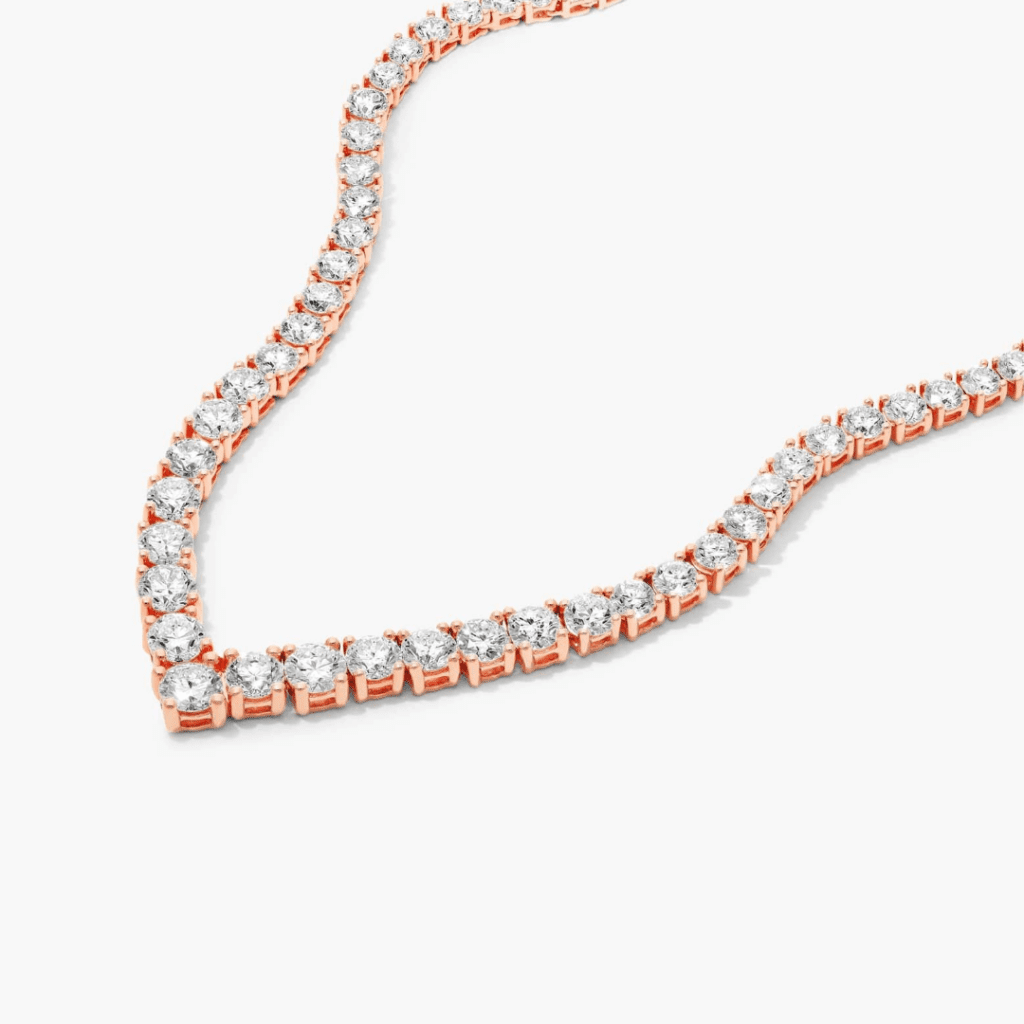
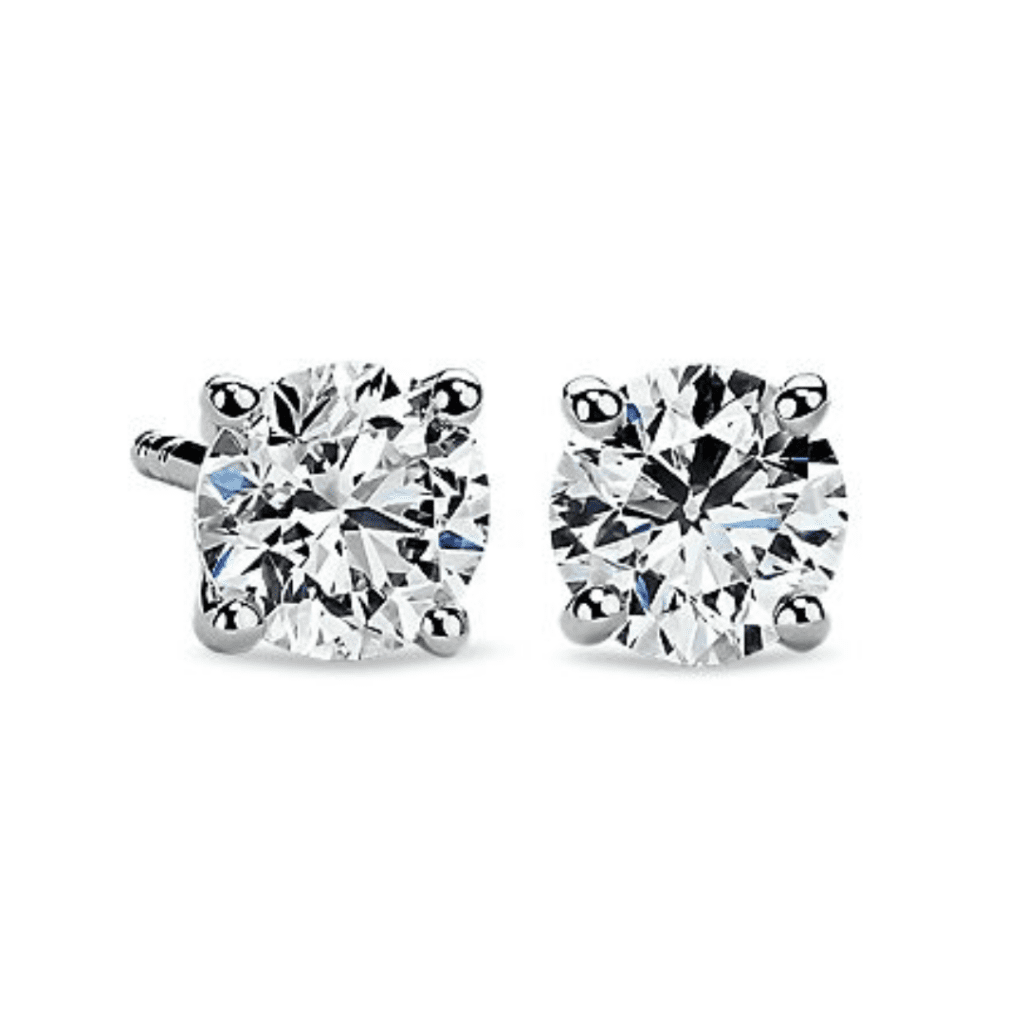
Unleashing the full fireworks display of a diamond’s sparkle requires strategic lighting choices. While spotlighting is ideal for showcasing the intricate elements that create sparkle, excessive brightness can result in overwhelming glare, making all diamonds appear equally radiant. Observing the diamond in a setting where spotlighting is balanced and not overpowering is recommended to prevent this. Additionally, appreciate the diamond in diffused lighting, such as fluorescent lights reflecting off a white ceiling, to experience a softer and more natural illumination. Explore a mixed-lighting environment that combines spotlights with diffused lighting for a comprehensive perspective. And let’s not forget the magic of natural daylight, which unveils the diamond’s true colors and brilliance. By carefully considering these various lighting conditions, you can unlock the mesmerizing sparkle that sets each diamond apart.
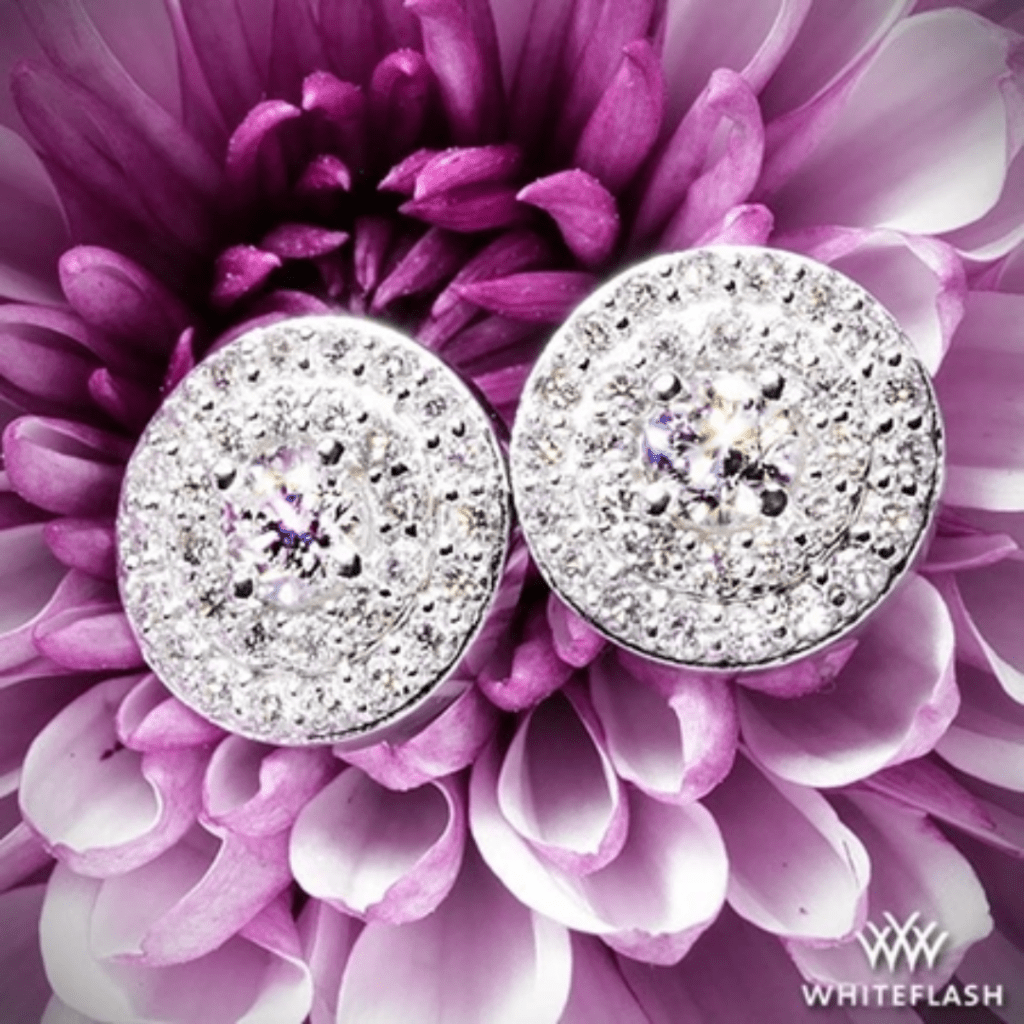
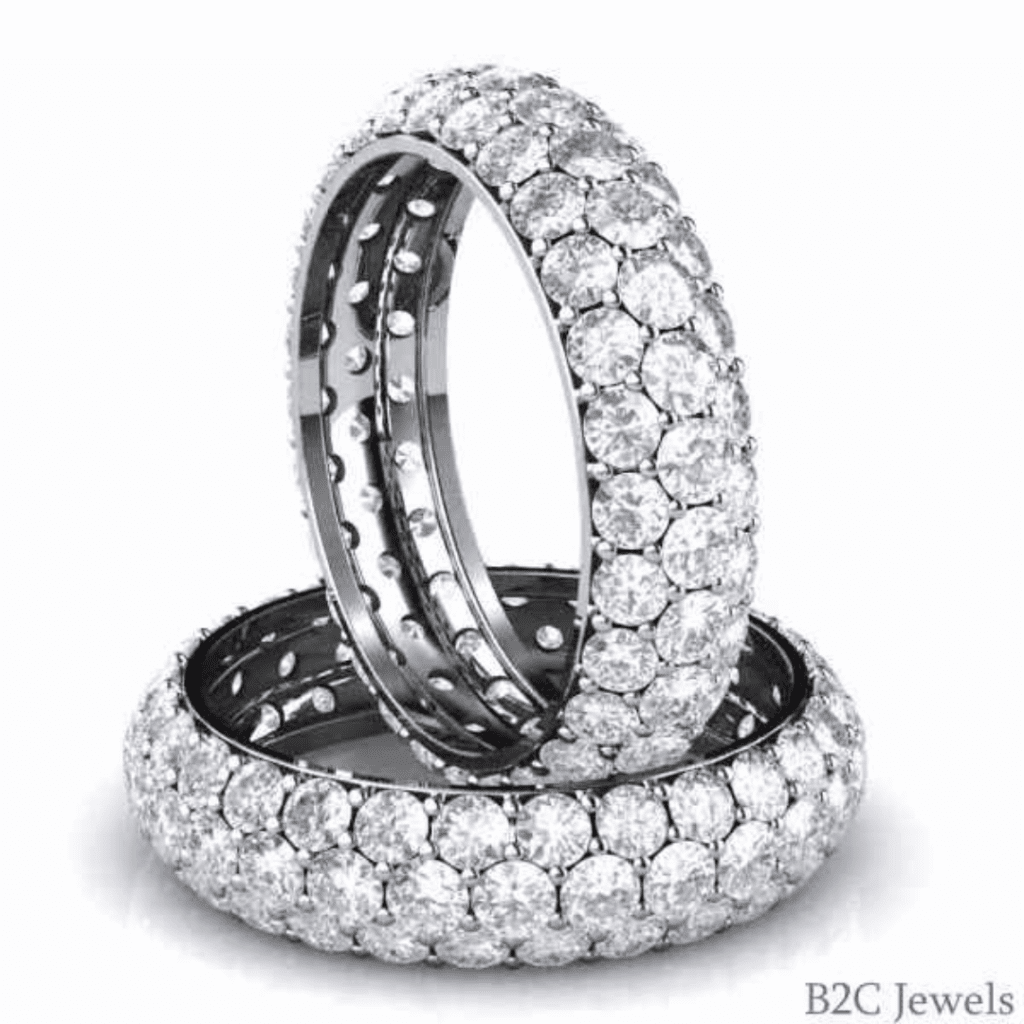
When achieving a visually impactful display, opting for a prong setting is superior to bezel settings. Prong settings excel at allowing ample light to enter the diamond, enhancing its brilliance and sparkle. In contrast, bezel settings cover a more significant portion of the diamond’s top surface, limiting the light’s access and potentially reducing its visual impact. So, if you’re seeking a bolder and more fireworks-like radiant appearance, a prong setting is the way to go, ensuring that your diamond shines brilliantly for all to see.
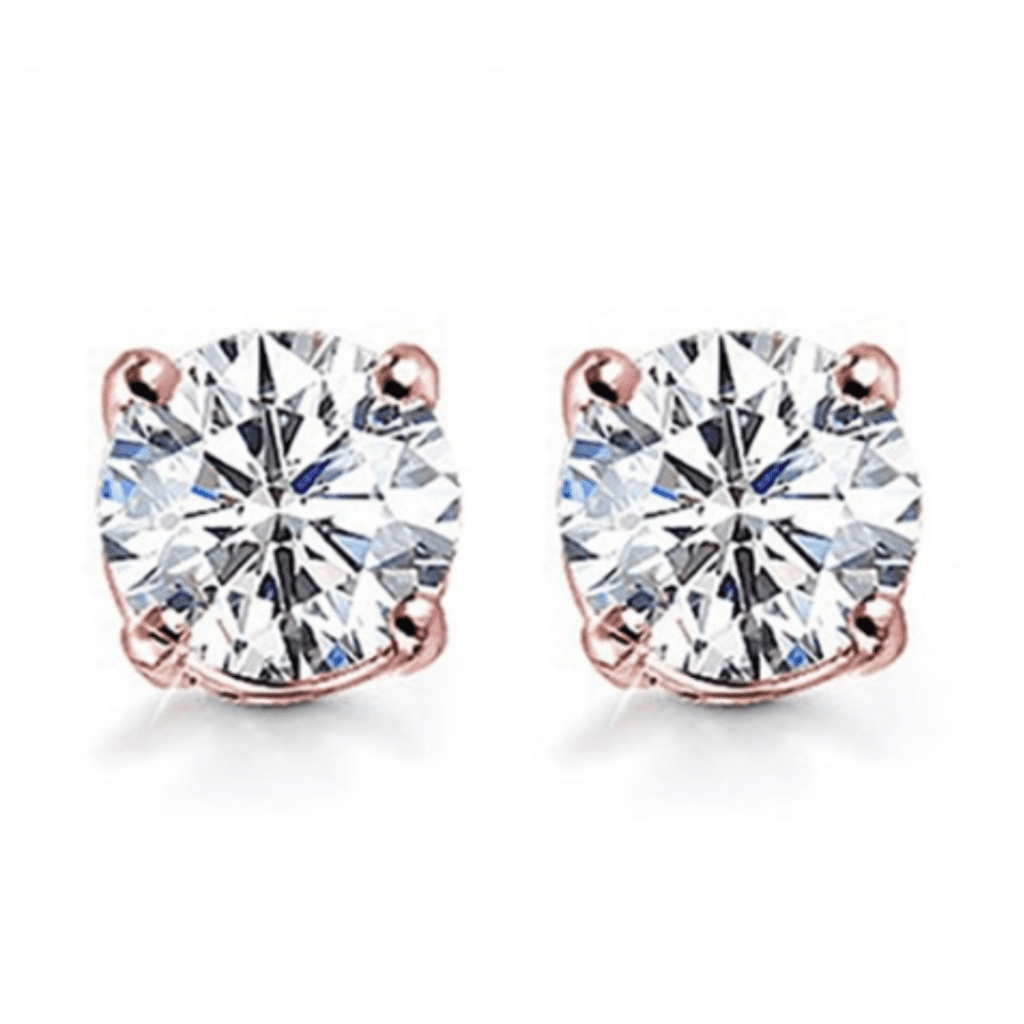
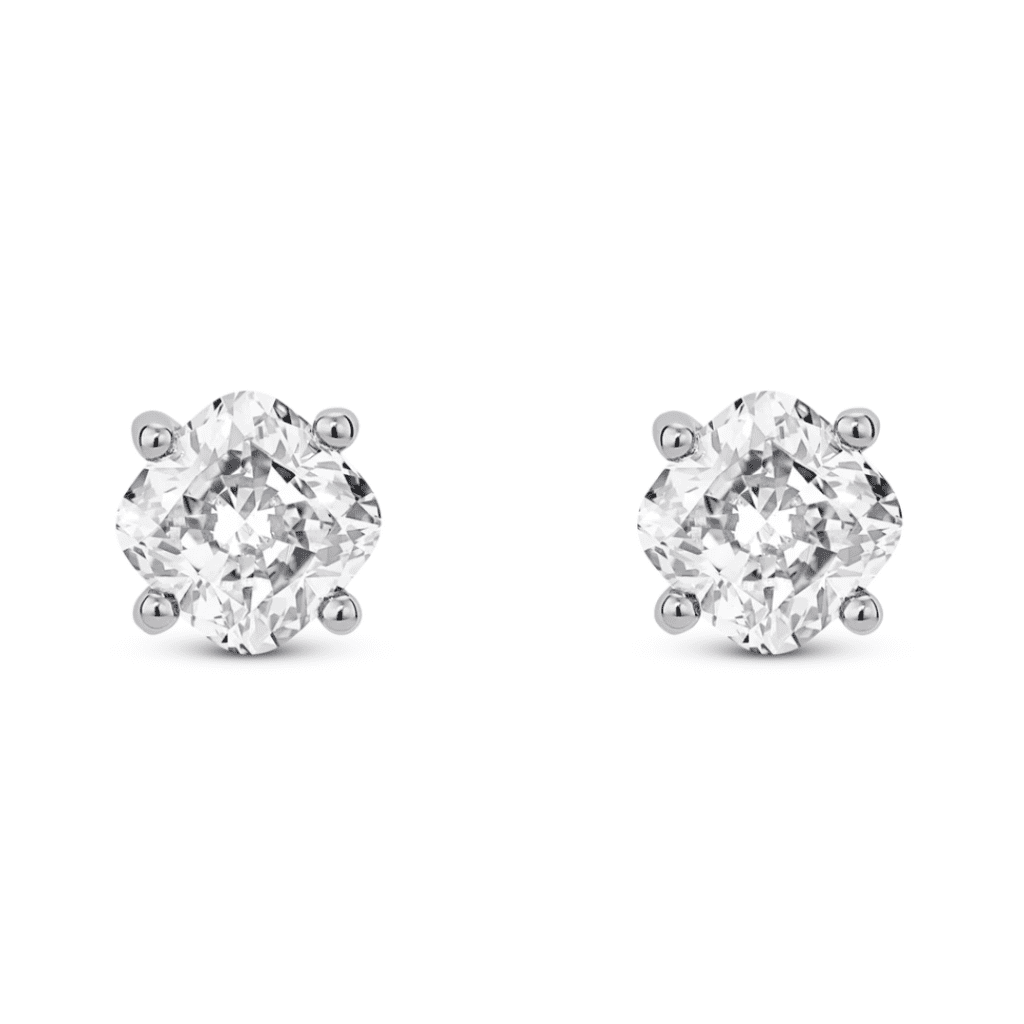
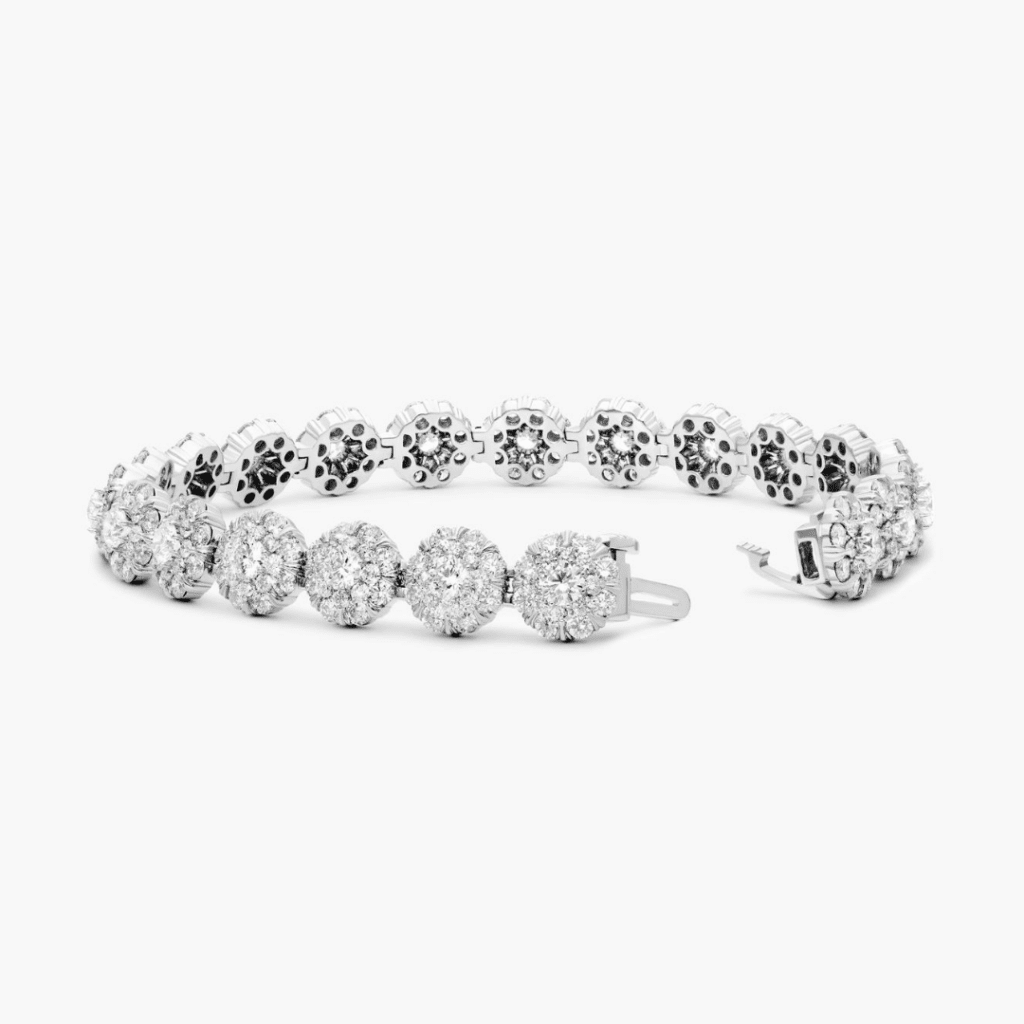
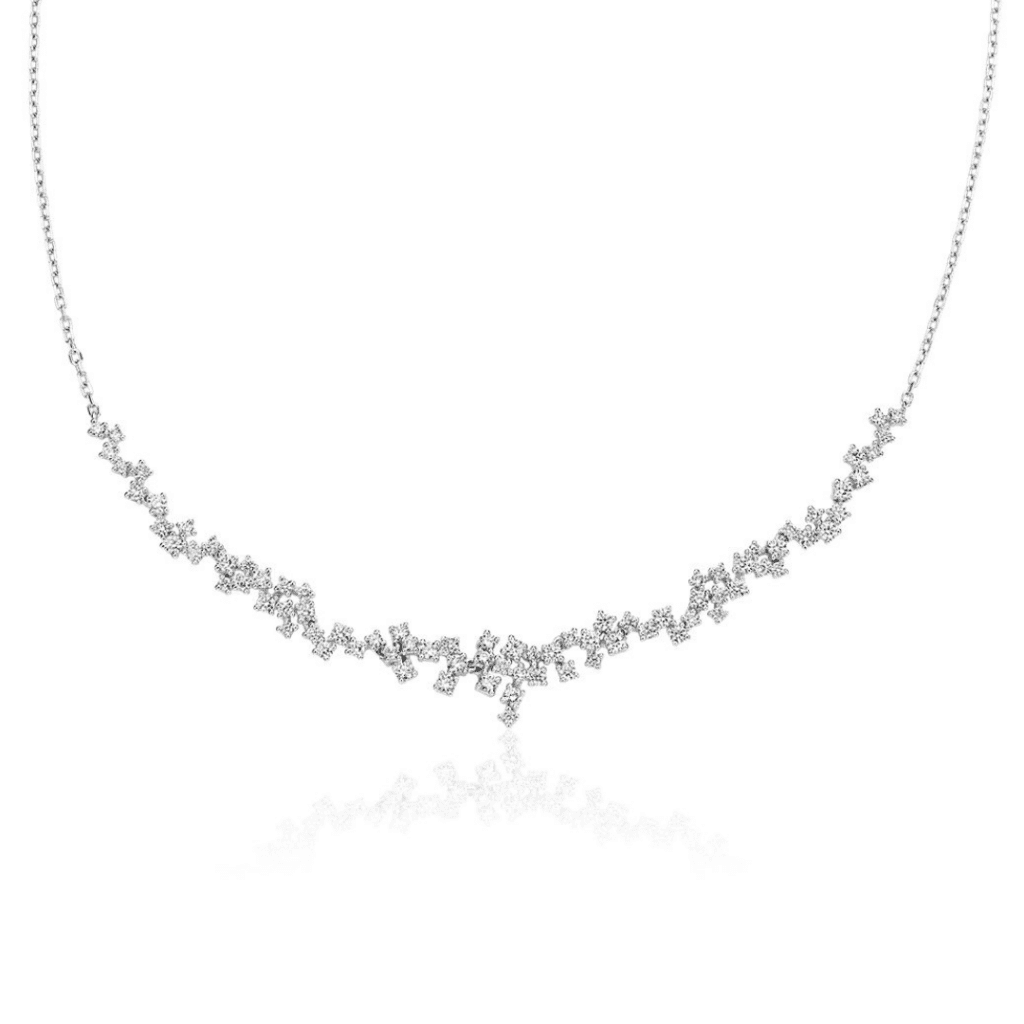
So there you have it, dear readers. Light’s interaction with a diamond’s cut creates a captivating spectacle of brightness and fire. This intricate interplay brings a diamond to life, making it shine with unparalleled brilliance. Now you know the secret recipe behind that irresistible sparkle!
Remember, the next time you gaze at a dazzling diamond, appreciate the craftsmanship that unlocks its full potential to mesmerize and enchant.
Written by Kayti Kawachi

Retail Diamond Prices Chart Updated Monthly.
Two Paths, One Diamond Not all diamonds come from the same place — but they all start the same way. Pure carbon, crystalized under immense pressure and heat. Whether it…
A Wedding Ring as Unique as Your Love Finding the right wedding ring isn’t just about diamonds or gold – it’s about finding the one that feels right. With hundreds…
So, you’re thinking about lab-grown diamonds? Smart move. They’re just as sparkly as the natural kind but usually cost less. But where do you actually go to buy them? It…


Want to stay updated on the most recent blogs, forum posts, and educational articles? Sign up for Bling News, PriceScope’s weekly newsletter.